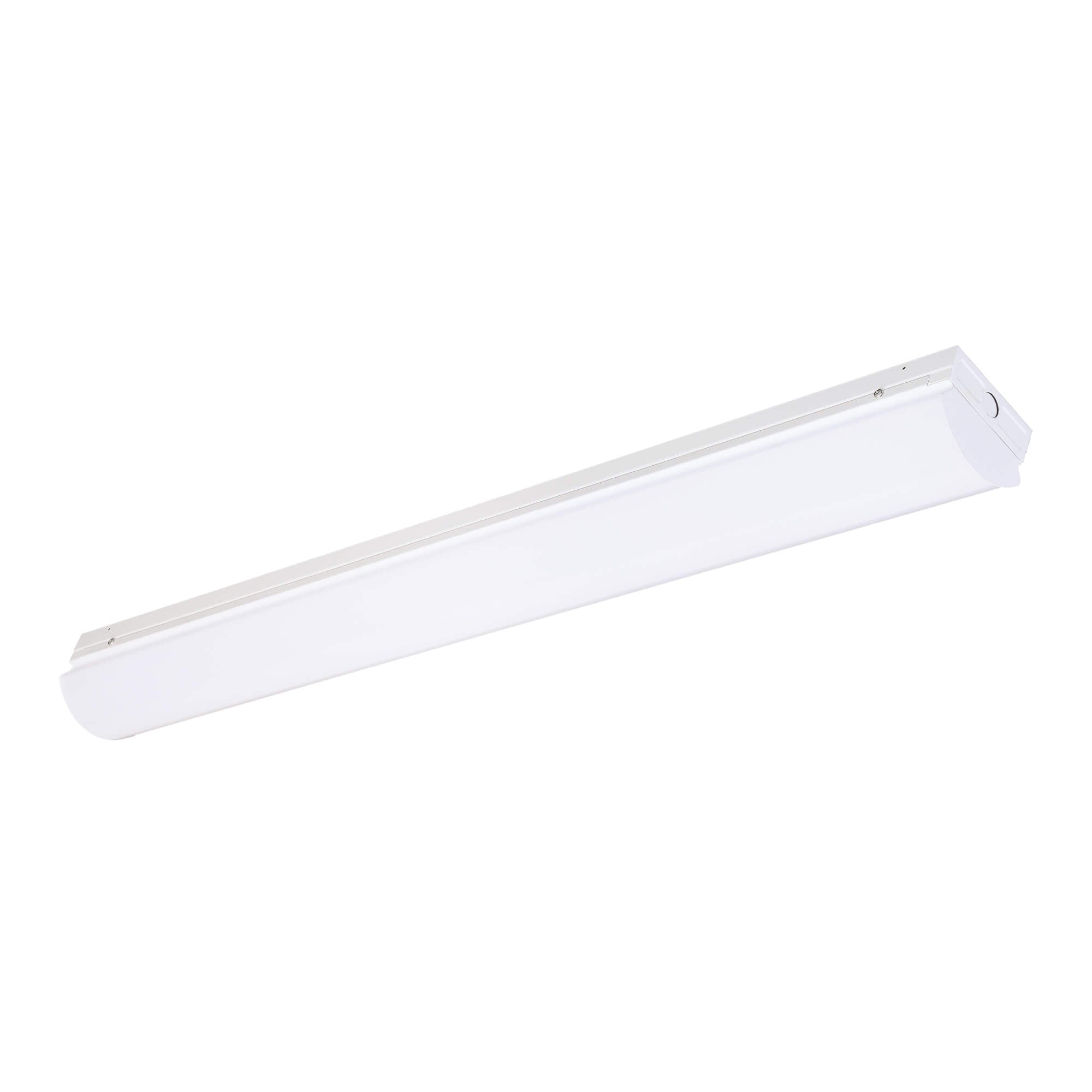Transform Your Space: Unleash the Magic of LED Strip Lights!
In recent years, LED strip lights have become increasingly popular among homeowners, interior designers, and businesses alike, and for good reason. These flexible and versatile lighting solutions are capable of transforming any space into a vibrant and inviting environment. Whether you're looking to add a soft glow to your living room, create a lively atmosphere in your kitchen, or even enhance your outdoor areas, LED strip lights offer endless possibilities. Their aesthetic appeal, combined with practicality, makes them a go-to choice for enhancing ambiance and functionality. In this article, we will delve into the world of LED strip lights, exploring what they are, their various uses, the benefits they offer, and a simple guide on how to install them in your own space.

Understanding LED Strip Lights
LED strip lights, or LED tape lights, are flexible circuit boards populated with light-emitting diodes (LEDs) that are used for illumination and decoration. They come in various lengths and can be cut to fit specific spaces, making them incredibly adaptable. There are several types of LED strip lights available, ranging from single-color strips to multi-color RGB strips that can change colors with remote controls or apps. Additionally, brightness levels can vary, allowing users to select the perfect intensity for their specific needs. The technology behind LED strip lights ensures that they are energy-efficient and long-lasting, making them a smart choice for a variety of applications.
Uses of LED Strip Lights
LED strip lights are incredibly versatile and can be used in a multitude of settings. In residential spaces, they can illuminate kitchens, where they can be placed under cabinets to brighten countertops and enhance visibility while cooking. In living rooms, they can be used to create ambient lighting behind televisions or within shelves, adding depth and warmth to the space. Additionally, they are perfect for entertainment areas, where they can sync with music for a dynamic experience. Commercially, businesses utilize LED strip lights for signage, accent lighting, and even in hospitality settings to create an inviting atmosphere. Outdoor applications are equally impressive, with waterproof LED strips designed for patios, gardens, and pathways, allowing for creative landscaping lighting solutions.
Benefits of LED Strip Lights
The benefits of using LED strip lights are numerous. First and foremost, they are highly energy-efficient, consuming significantly less power than traditional light sources while providing bright illumination. This energy efficiency translates into lower electricity bills over time. Furthermore, LED strip lights have an impressive lifespan, often lasting up to 50,000 hours or more, which means less frequent replacements. Installation is also a breeze; most LED strip lights come with adhesive backing, making them easy to attach to various surfaces without the need for additional hardware. Their design flexibility allows for creative customization in any space, while the ability to change colors and brightness means they can adapt to different moods and occasions. A friend of mine recently transformed her home office with LED strip lights, and she noted how the adjustable colors helped her remain focused during work hours and unwind in the evenings.
How to Install LED Strip Lights
Installing LED strip lights is a straightforward process that can be accomplished in just a few simple steps. First, measure the area where you want to install the lights to determine how much length you will need. It’s important to cut the strip at designated cut points to ensure proper functioning. Once measured and cut, clean the surface where the strips will adhere to ensure a strong bond. Peel off the adhesive backing and carefully press the strip into place. For corners or turns, many strips can bend, but if not, you can use connectors to make the transition. The next step is to connect the strip to a power source, which usually involves plugging it into an outlet or connecting to a low-voltage power supply. Many strips come with a simple plug-and-play setup. If you’re feeling adventurous, you can even integrate them with smart home systems for added convenience. Always follow the manufacturer’s instructions for the best results.
Maximizing the Benefits of LED Strip Lights
In conclusion, LED strip lights are a fantastic way to enhance the aesthetic and functionality of any space. With their versatility, energy efficiency, and ease of installation, they are an excellent choice for both residential and commercial applications. From creating a cozy ambiance in your home to adding a professional touch to a business environment, the transformative potential of LED strip lights is undeniable. So why not consider incorporating them into your own space? Whether you're looking to illuminate dark corners, add a pop of color, or create a mood, LED strip lights can bring a touch of magic and innovation to your surroundings.








